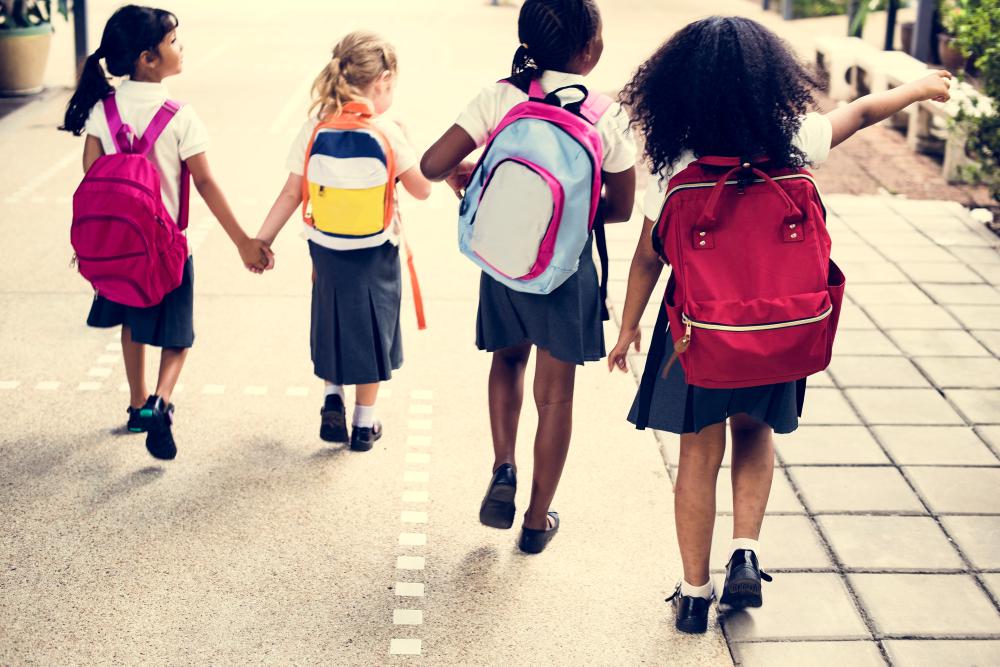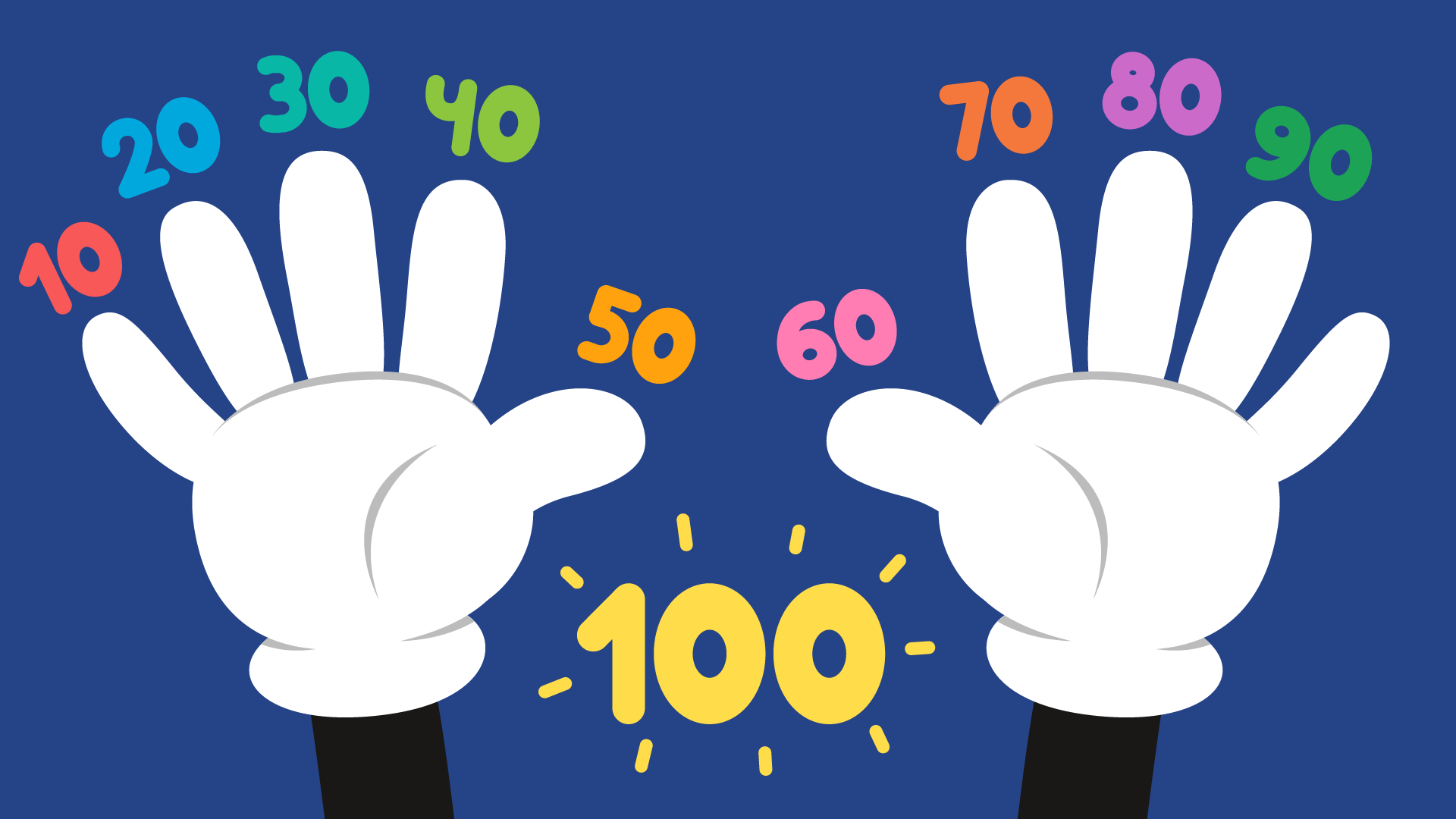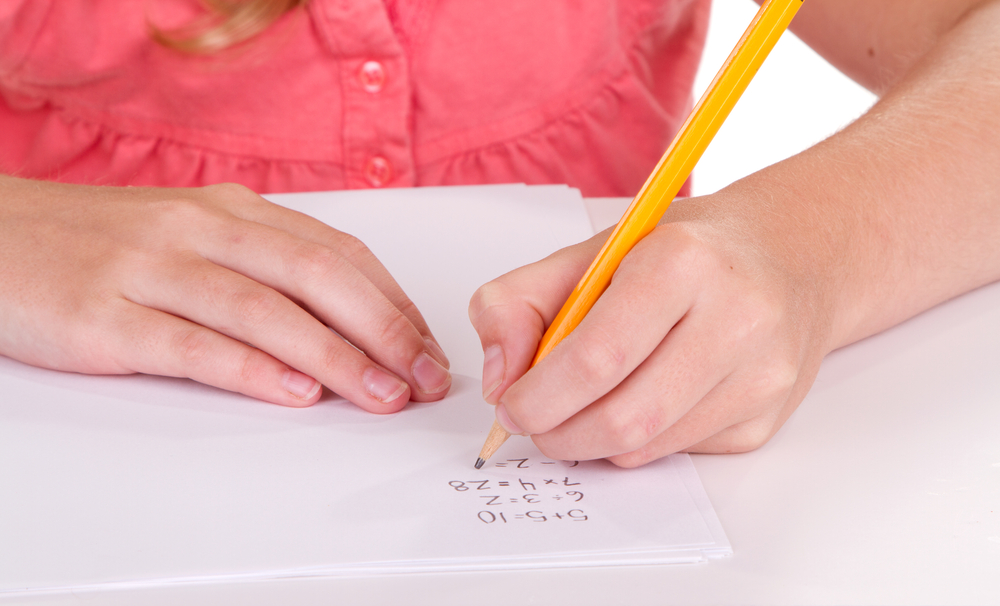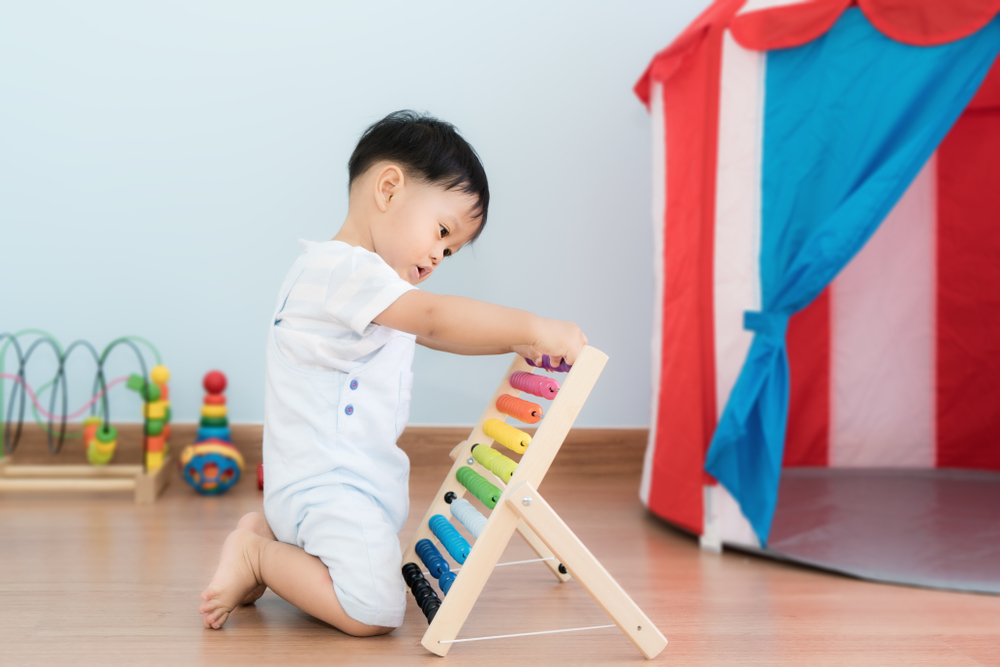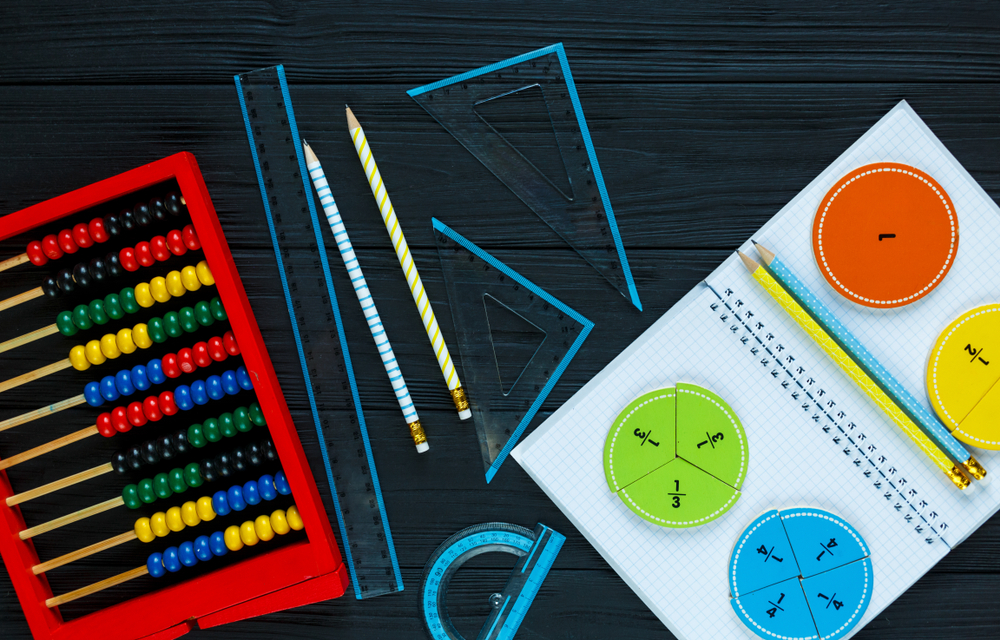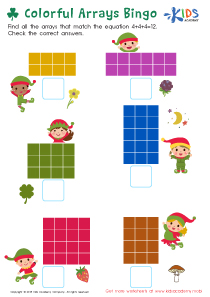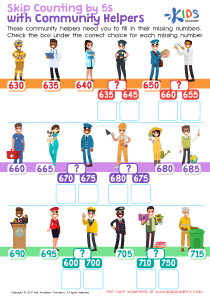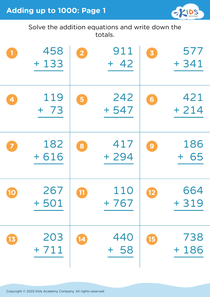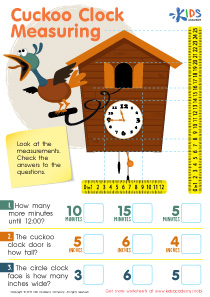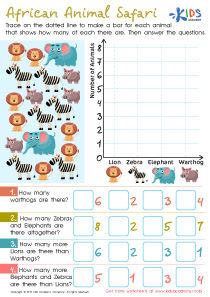Multiplication practice Grade 2 Numbers Worksheets
4 filtered results
-
From - To
Make multiplication fun and engaging for your 2nd grader with our specially designed Multiplication Practice Number Worksheets. Perfect for young learners, these worksheets are crafted to build foundational math skills through enjoyable exercises and activities. Each worksheet is tailored to help students understand and practice simple multiplication concepts, reinforcing their learning with a variety of engaging tasks. Parents and teachers will love how these resources simplify the teaching process, making learning math both effective and enjoyable. Get your child ahead in their mathematical journey with our expert-crafted multiplication worksheets today!
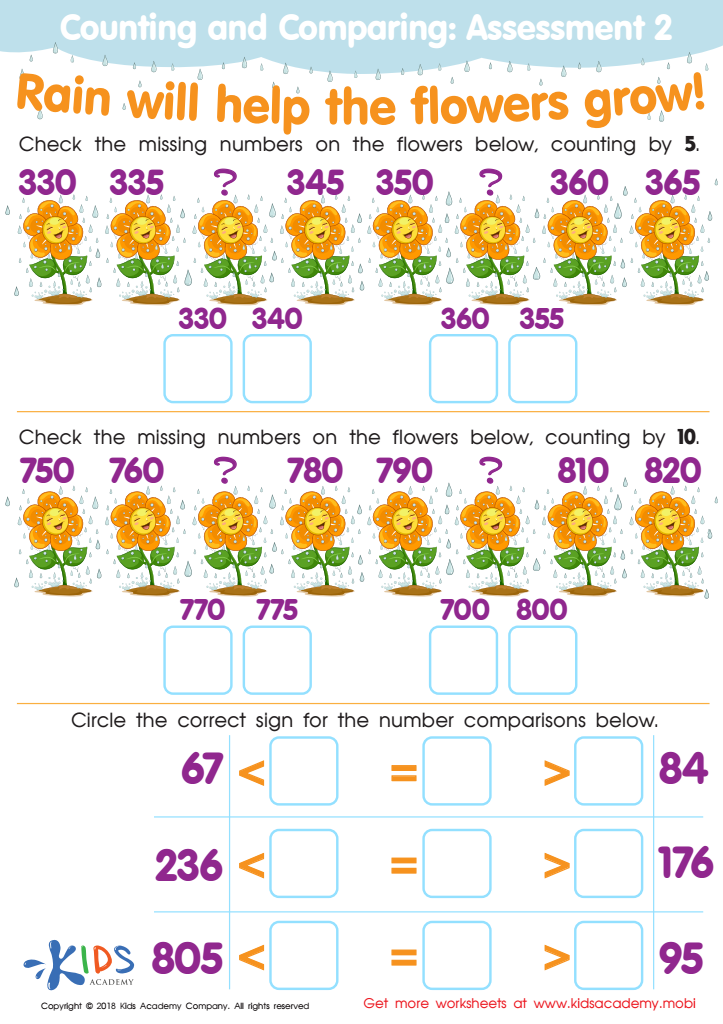

Counting and Comparing: Assessment 2 Worksheet
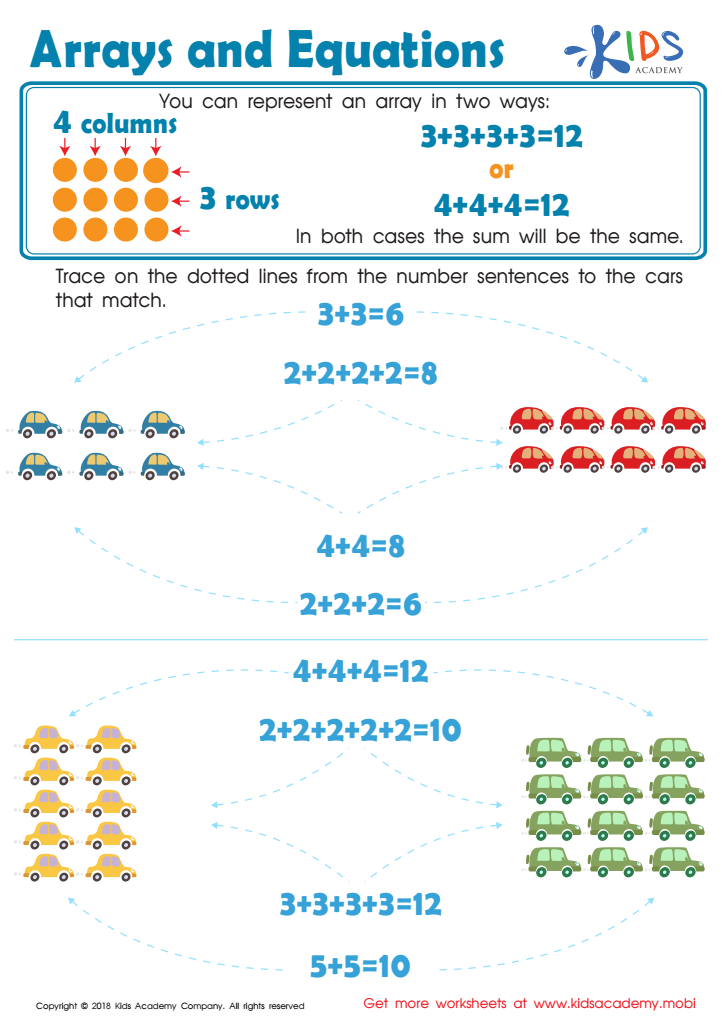

Arrays and Equations Worksheet
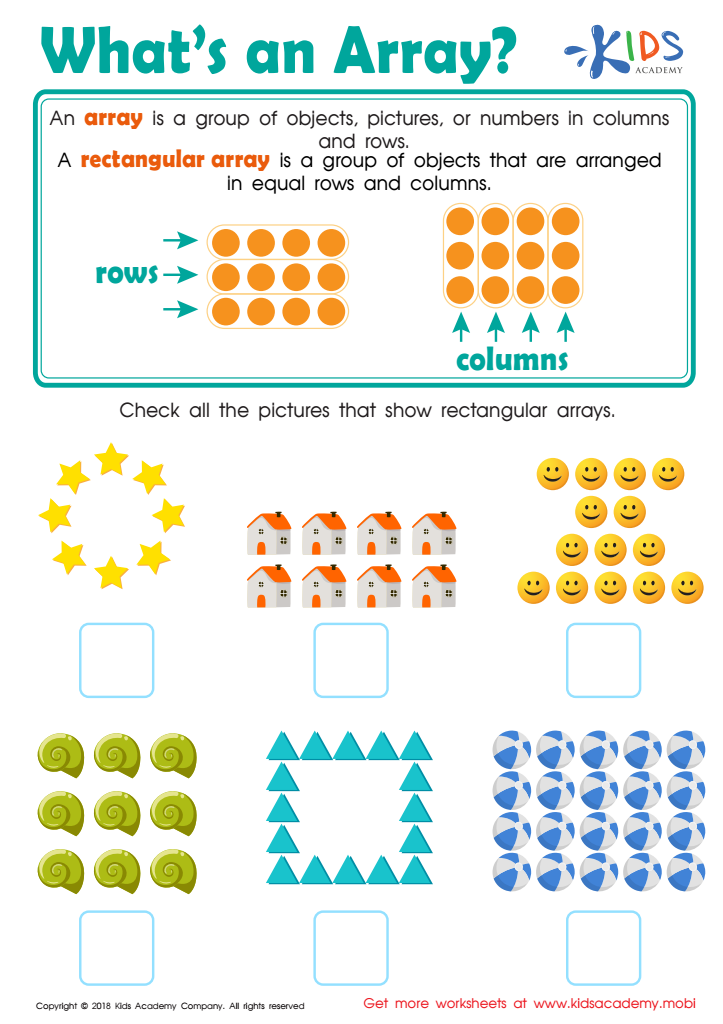

What's an Array? Worksheet
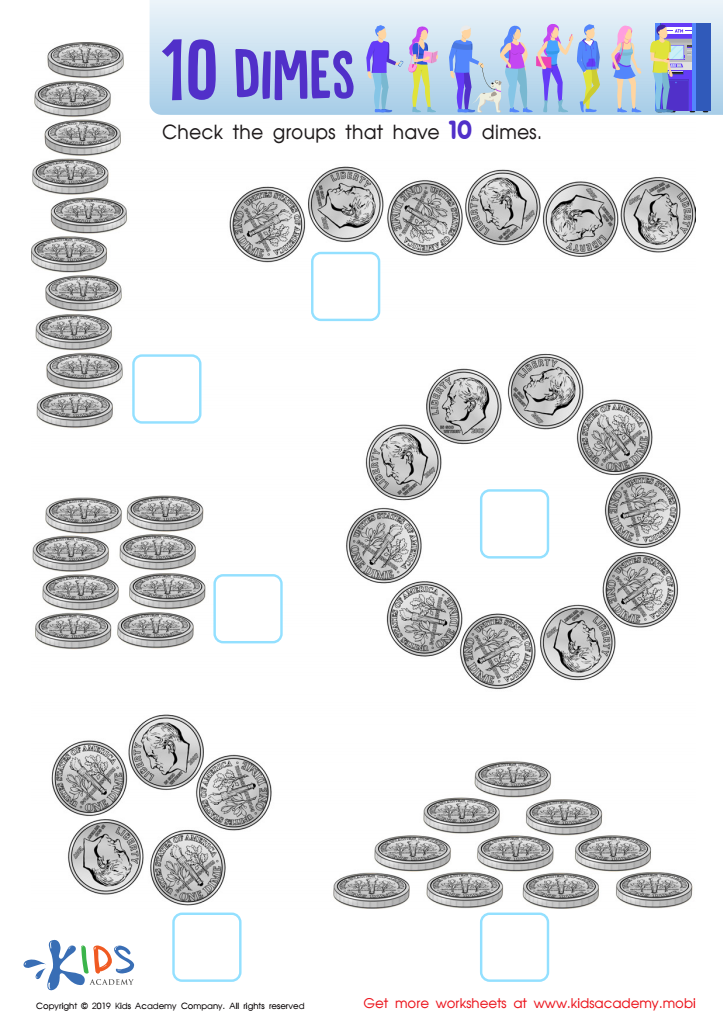

10 Dimes Worksheet
Multiplication practice in second grade is essential for foundational math skills that will impact a child’s future learning. Learning multiplication helps young students understand patterns, improve number sense, and develop problem-solving skills. At this formative stage, mastering basic multiplication facts builds confidence and fluency, making complex mathematical concepts more accessible in later grades.
Engaging in multiplication practice enhances a child’s ability to perform quick mental calculations, crucial for everyday tasks and real-life problem-solving. Additionally, it lays the groundwork for understanding division, fractions, and higher-level math operations, ensuring that students are prepared for future academic challenges.
For parents and teachers, fostering multiplication skills means encouraging a positive and proactive learning attitude. When students practice multiplication regularly, they experience success and progress, which boosts their enthusiasm and interest in mathematics. This positive reinforcement has a lasting effect, promoting a lifelong appreciation of learning and fostering a growth mindset.
Interactive multiplication activities and consistent practice can make learning engaging and enjoyable, turning potential frustration into a fun and rewarding experience. By prioritizing multiplication practice in second grade, parents and teachers invest in a child’s academic success and overall cognitive development, sparking curiosity and confidence that stretches far beyond mathematics.
 Assign to My Students
Assign to My Students




